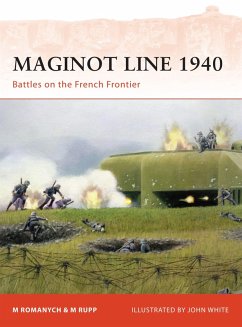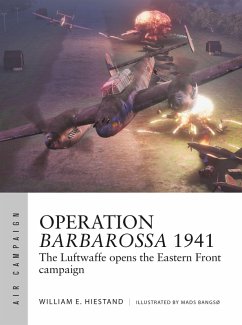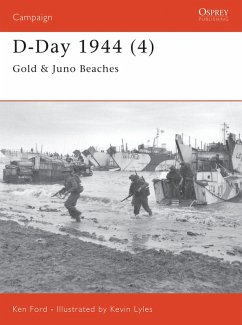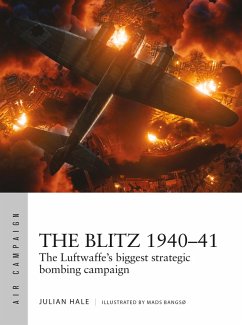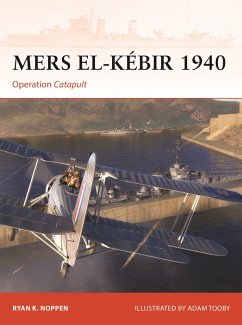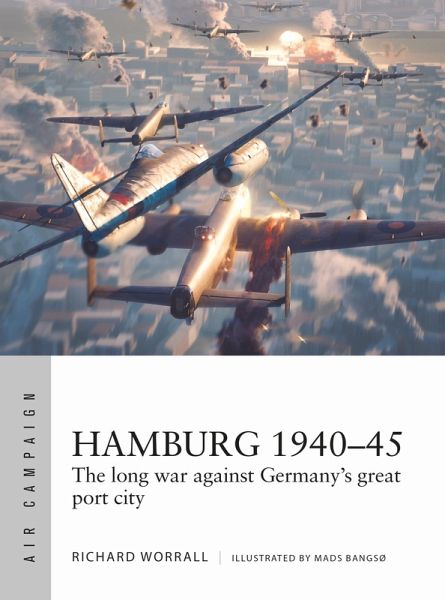
Hamburg 1940-45 (eBook, ePUB)
The long war against Germany's great port city
Illustrator: Bangsø, Mads
Versandkostenfrei!
Sofort per Download lieferbar
12,95 €
inkl. MwSt.
Weitere Ausgaben:

PAYBACK Punkte
6 °P sammeln!
The first book to cover the full history of the RAF's air war against Hamburg, one of the most important target cities in Germany. The city of Hamburg became synonymous with the destructive power of RAF Bomber Command when, during summer 1943, the city suffered horrific destruction in a series of four heavy firebombing attacks, Operation Gomorrah. However, few know how varied or long the Hamburg campaign was. In this book, RAF air power expert Dr Richard Worrall presents the complete history of the RAF's air campaign against the city, a campaign that stretched well beyond the devastating fire ...
The first book to cover the full history of the RAF's air war against Hamburg, one of the most important target cities in Germany. The city of Hamburg became synonymous with the destructive power of RAF Bomber Command when, during summer 1943, the city suffered horrific destruction in a series of four heavy firebombing attacks, Operation Gomorrah. However, few know how varied or long the Hamburg campaign was. In this book, RAF air power expert Dr Richard Worrall presents the complete history of the RAF's air campaign against the city, a campaign that stretched well beyond the devastating fire raids of 1943. Dr Worrall explains how Germany's second city was an industrial centre of immense proportions and proved a consistent target for Bomber Command throughout World War II. It was home to oil refineries, U-boat pens, and ship-building and submarine-building yards, all sustained by a large industrial workforce. Bomber Command evolved tactically and technically throughout the war, and the Luftwaffe's defensive capabilities would do likewise in response. Drawing on a wide range of primary and secondary sources available on this topic, and packed with photos, artwork, maps and diagrams, this is an important new history of the air campaign against the industrial and naval heart of Nazi Germany.






